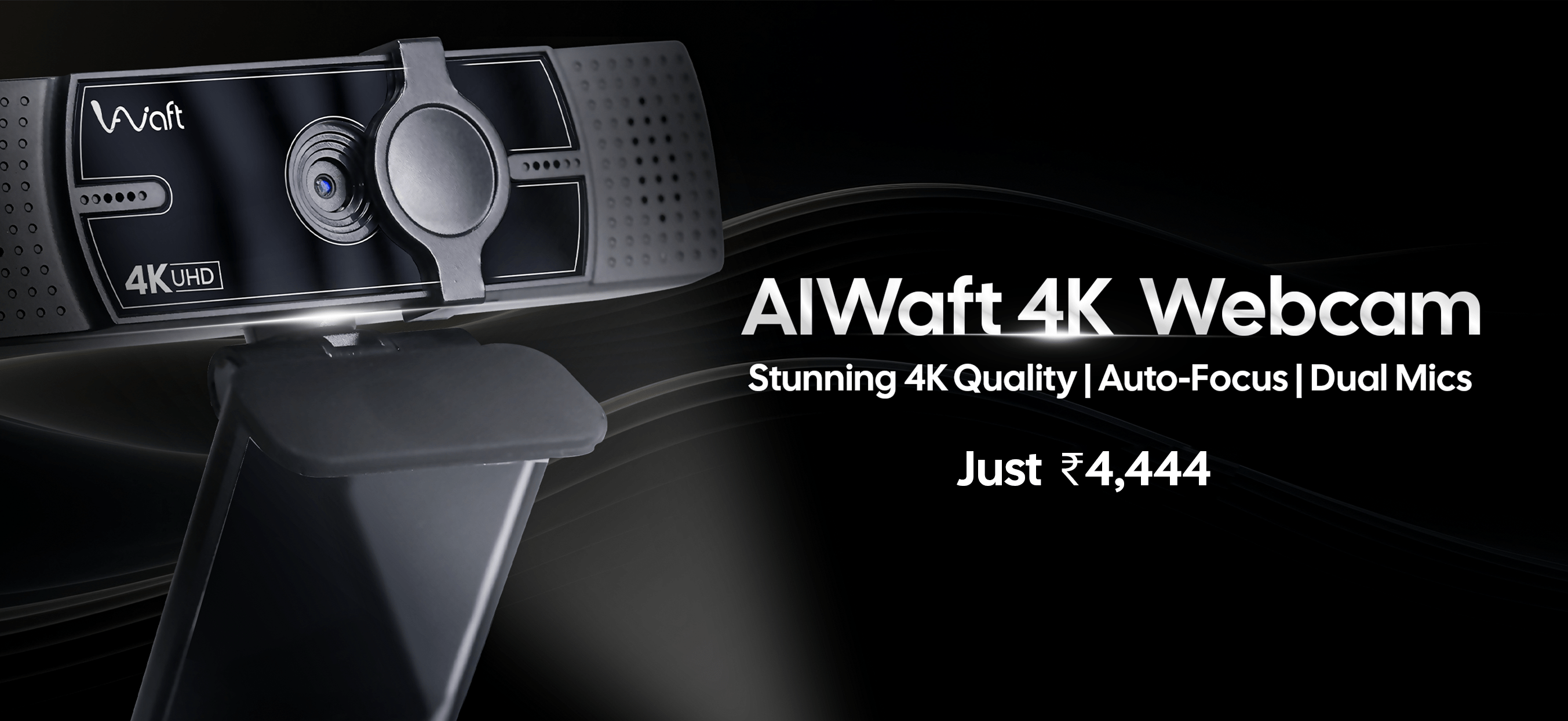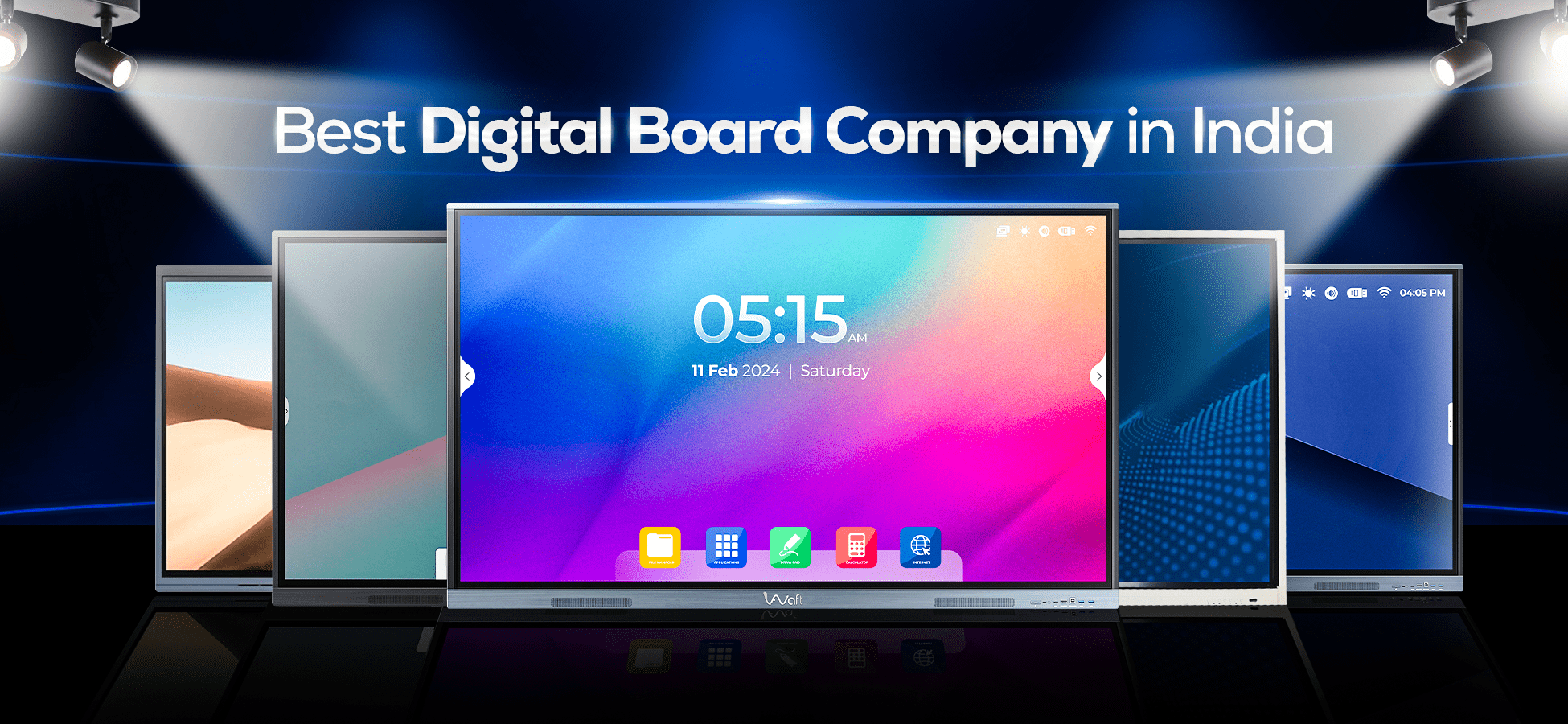In today’s fast-changing education world, teachers need to keep up with the latest technology. Just as teachers work hard to improve their students' learning, they should also use new tools and techniques. Hybrid classrooms setup are a great example of this. They mix online and in-person teaching methods, and are used effectively by well-known educators like Khan Sir and Alakh Pandey from Physics Wallah. This approach helps make learning more flexible and effective. Discover more about the success of this method and how it can transform your teaching strategies: Physics Wallah's Hybrid Teaching Module Success.
What is a Hybrid Classroom Setup?
A hybrid classroom setup combines traditional face-to-face teaching with online tools and digital resources. This model lets teachers instruct students who are physically in the classroom while also reaching those who are learning from home. It uses equipment like cameras, microphones, and digital boards to support live classes and record lessons for later. This approach makes learning more flexible and accessible to a wider audience.

Types of Hybrid Classroom Setups
Hybrid classroom setups can vary based on the needs and resources of the institution:
Live and Interactive Sessions
Teachers conduct classes in real-time with both in-person and online students. This setup often includes tools like comment screens for real-time feedback from online participants.
Live plus Recorded Sessions
Classes are delivered live and also recorded so students can watch them later. This way, a collection of useful resources is created that students can go back to anytime.
Remote Connection to Multiple Centers
Teachers broadcast lessons from a central studio to various satellite locations. This setup allows for the efficient use of resources and ensures uniform teaching quality across different locations.

Key Components of a Hybrid Classroom Setup
Setting up a hybrid classroom requires careful planning and investment in several key components:
Audio Solutions
A good microphone setup is essential to ensure clear communication, whether the classroom is small or large. For larger rooms, additional audio equipment like amplifiers and speakers may be needed.
Lighting Solutions
Proper lighting enhances visibility and helps create a professional and engaging environment for both in-person and online students. Anti-glare lighting is particularly important to avoid reflections on digital boards.
Digital Boards
Interactive boards of varying sizes (from 75 to 98 inches, depending on room size) are crucial for displaying content and engaging students.
Comment Screens
These screens allow teachers to interact with online students, making the sessions interactive and engaging.
Cameras and Computer Systems
High-quality cameras are necessary for capturing the lessons, while robust computer systems are needed to manage the live streaming and recording processes.
Software
Open-source software like OBS (Open Broadcaster Software) can be used to manage the streaming and recording without additional costs.

Benefits of Hybrid Classrooms Setup
Flexibility
Hybrid classrooms offer flexibility for both teachers and students, accommodating different learning styles and schedules.
Cost Efficiency
By leveraging technology, schools can reduce the costs associated with traditional teaching methods, such as travel and physical materials.
Expanded Reach
Hybrid setups allow institutions to reach a broader audience, including remote students who may not have access to in-person classes.
Enhanced Learning Experience
The combination of offline and online elements can create a richer, more interactive learning environment.
Cost Considerations
The cost of setting up a hybrid classroom can vary widely, depending on the size of the room and the quality of the equipment used. On average, a basic setup might cost around 4-5 lakhs INR, while more advanced setups with high-end equipment can go up to 8-9 lakhs INR. It’s important to work with experienced professionals to ensure that the setup meets educational needs and is cost-effective.
Conclusion
Adopting a hybrid classroom setup is a forward-thinking step for educators looking to enhance their teaching methods and reach. By integrating the best of both online and offline education, teachers can provide a comprehensive learning experience that is adaptable and accessible. As technology continues to evolve, the importance of staying updated and embracing these changes cannot be overstated.
For educators interested in setting up a hybrid classroom, it’s crucial to consider the specific needs of their students and institution. With the right approach and resources, hybrid classrooms can significantly enhance th e educational experience and provide long-term benefits.
Contact Us: For a detailed consultation or to set up a hybrid classroom at your location, please call us at 9693 79 370. Our experts will guide you through the entire process, from planning to implementation.


